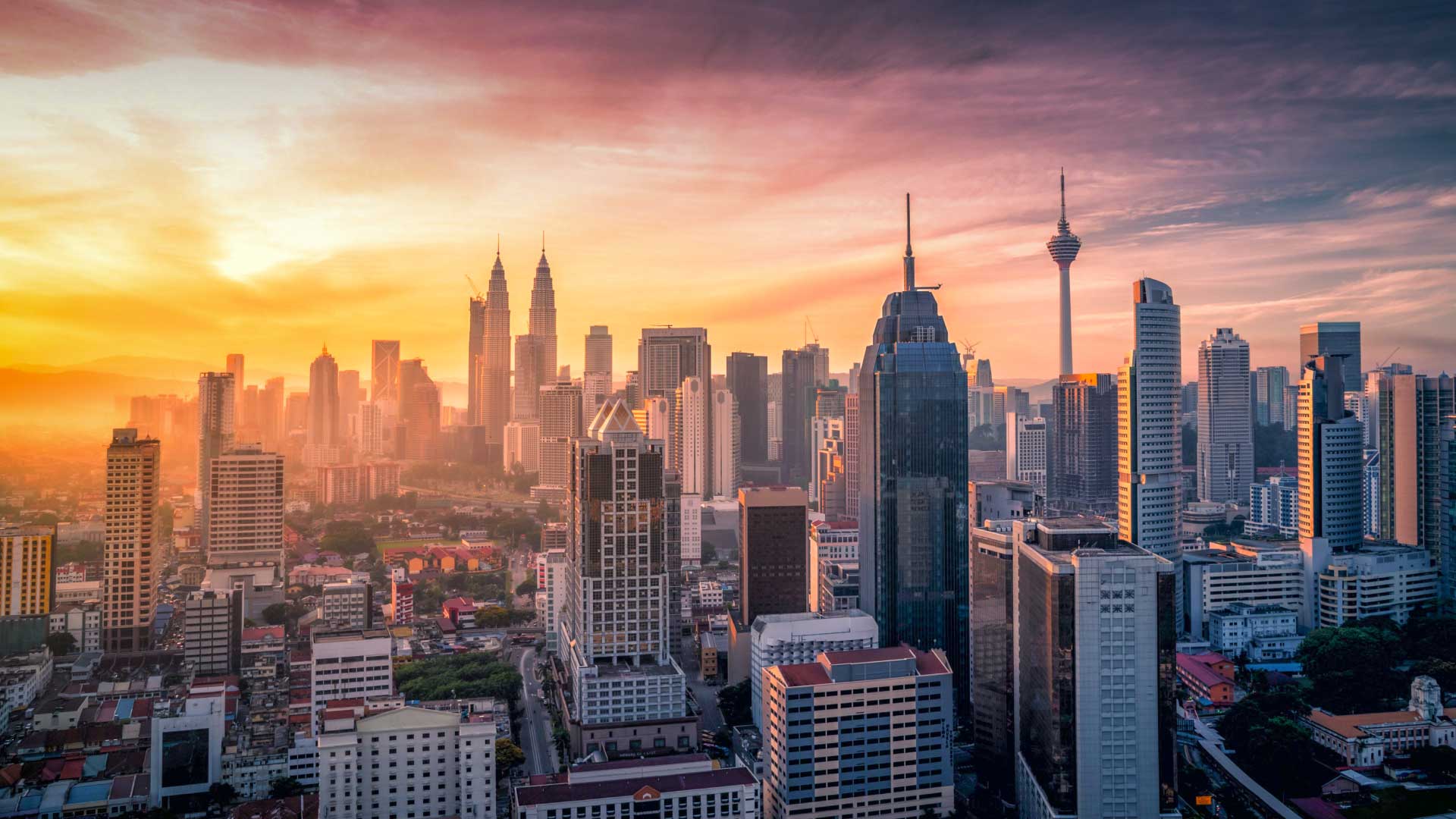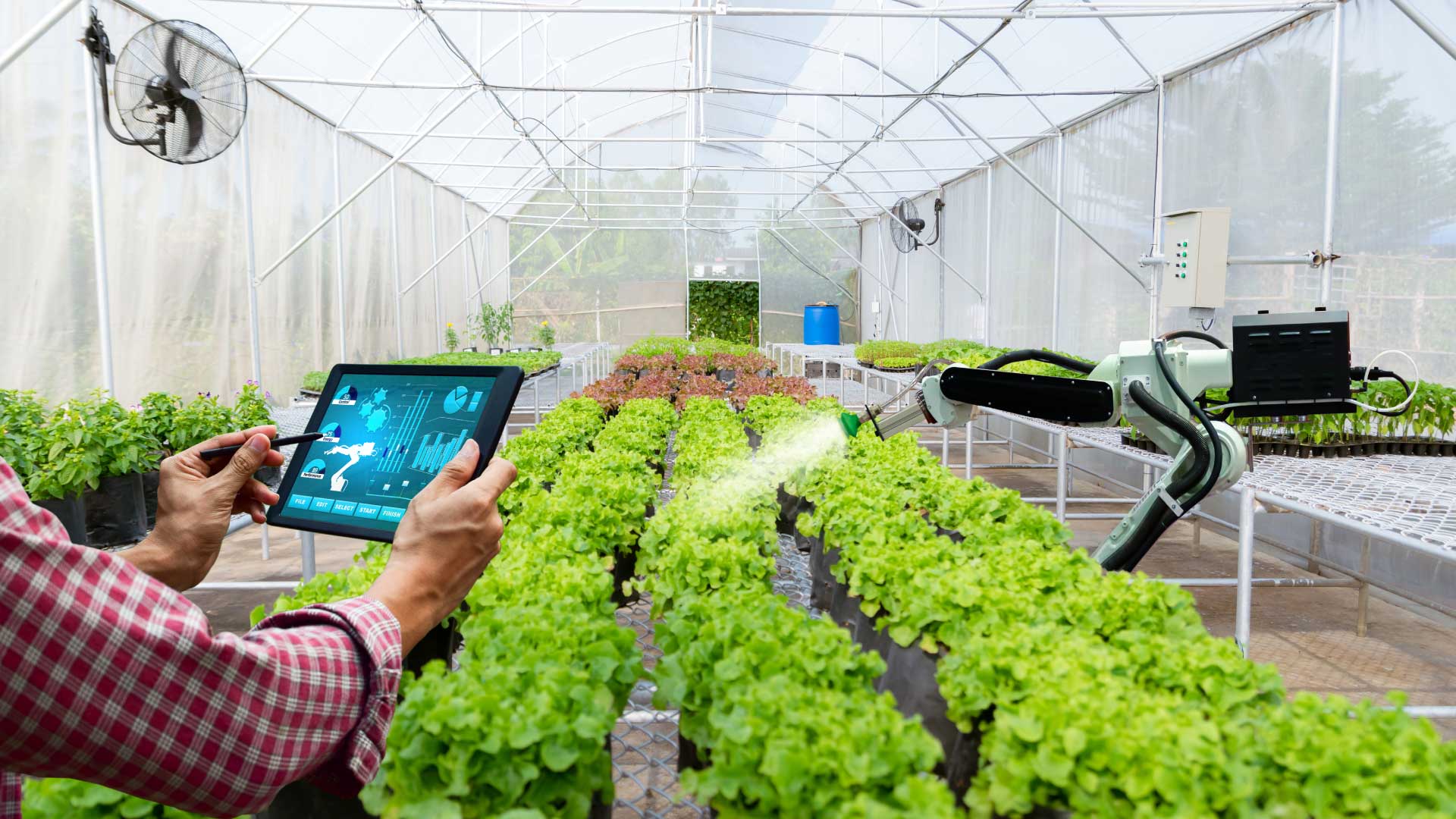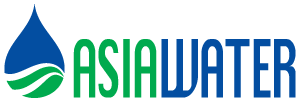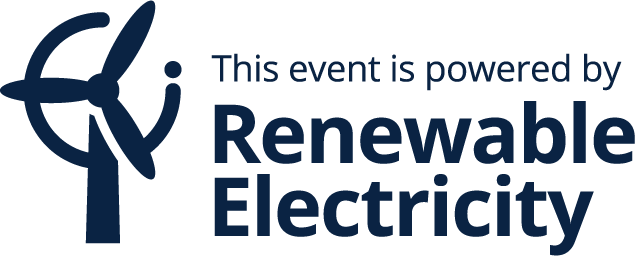Market Insights.
Challenges and opportunities
within Southeast Asia’s
water & wastewater sector.
Scroll to Explore.
Current water situation in Southeast Asia.
With positive economic growth in the region, rapid industrial and population growth is inevitable. Demand for water will increase exponentially especially in industrial and agricultural use, as these are one of the main driving economic forces in Southeast Asia. Besides industrial and agriculture, rapid population growth will add more stress to the region’s water resources. Thus, proper water resources management system is required to have a sustainable water future in the region.

Rapid urbanisation, climate change, and water demands.
By the year 2050, it is projected that around 70% of the population in Asia will reside in city areas. Presently there are about 269 million Asians that do not have access to clean water supply and this is due to the exponential increase in Asia’s urban population and the inadequate infrastructure in most Asian countries.
According to the 2030 Water Resources Group, the gap between global water supply and demand is projected to reach 40% by 2030, and in many places, demand is already exceeding sustainable supply. Access to clean water, disposal of sewage and wastewater, water conservation, reuse, and sanitation are critical for a growing city’s competing demands – from the public and industrial.

Industrial & agricultural water demand and untreated wastewater.
The agriculture industry accounts for roughly 70% of total freshwater withdrawals globally and for over 90% in the majority of Least Developed Countries (LDCs), which includes countries in Asia. Without improved efficiency measures, agriculture water consumption is expected to increase by about 20% globally by 2050.
Projected increase in water demand, primarily from manufacturing, electricity and domestic use will generate further stress on water resources and possibly impact water allocation for irrigation. Water demand for energy, and electricity generation, in particular, will grow significantly as energy demand is expected to grow by more than one third in the period of 2010 – 2035.
Besides water usage and demand, the rate of untreated wastewater in Asia is alarmingly high. According to United Nations Economic and Social Commission for Asia and the Pacific (UNESCAP), 80 – 90% of wastewater from industrial usage and agriculture industry is being discharged into rivers and the sea with no proper treatment. In the Philippines, for example, only 10% of wastewater is treated while in Indonesia the figure is 14%, followed by Vietnam 4% and India 9%. As a consequence of this, untreated wastewater contaminated the overall water ecosystem. By 2030, The United Nations are aiming to reduce the percentage of untreated water by half.

Be at the Forefront of the Water and Wastewater Solutions in Developing Asia.
Be part of the transformation journey of the region’s water and wastewater service industry at ASIAWATER! Save the date or participate as our exhibitor.



